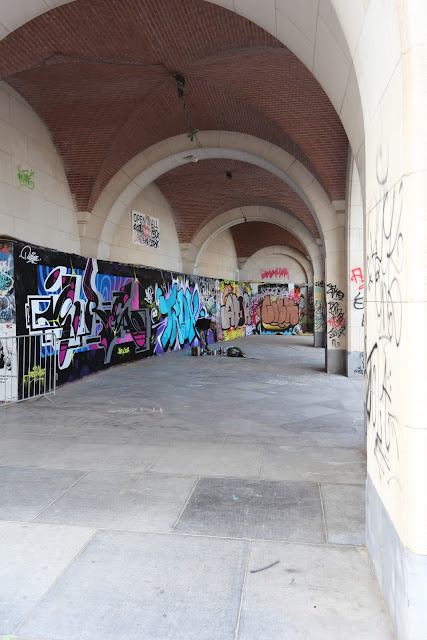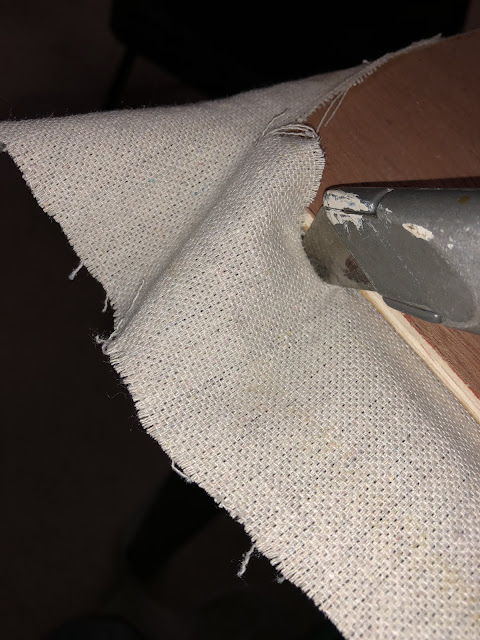I ended my last blog with the sketch of a pig mated to a humanoid face.
In pursuing my little project of painting the pig to welcome the impending Year Of The Pig, I was exploring different options to depict the animal. Legend has it that when the Jade Emperor summoned the animals to seat the Zodiacs, the lazy pig happened to be the 12th animal to show up and thus occupied the last space. So when I thought of the Zodiac pig I saw the image of a sluggish, harmless pig. A cute little piglet comes to mind. After all pet stores have these petite porkers on their inventory, demonstrating the popularity of these critters. The other pig that comes to mind is the plastic piggy banks that I played with as a kid. Their appearances are not that different from a real pig so I am basically dealing with the same model. Finally there is Zhu Bajie.
Zhu Bajie is a legendary fictional character made famous by the novel Journey To The West. This character has the face of a pig and the body of a human. The story states that Zhu Bajie was the Marshal Canopy in the Heavens, but he was on the Jade Emperor's gaga list because he committed crimes of passion. He was thus banished to Earth. He landed in a pigsty and thus materialized as a human with a pig face, and carried a 9-tooth rake as his implement. The character Zhu Bajie was one of the three helpers who accompanied Tang Sanzang; the monk who trekked to India in search for sutras. Zhu Bajie's partner in crime was the famous Monkey King, Sun Wukong. These characters are no strangers to Chinese people.
What is interesting and intriguing is the fact that Marshal Canopy is actually a Daoist deity associated with the Dipper constellation. Apparently not a pig. It was the inadvertent, or incorrect usage of the title Marshal Canopy by the author of Journey To The West that made the label so famous. Thus Zhu Bajie the pig was forever associated with Marshal Canopy. Since this iconic character has attained archetypal status in our culture, I decided to borrow the concept of Zhu Bajie the pig as my model. Obviously I would not portray him as a rake wielding beast, but a proper Marshal donning rich threads and bringing fruits of the harvest, as an ambassador of abundance and fulfillment.
To reinvent the brand, I borrowed the image of a carved sculpture that I have. The figure is a rather popular, generic version of a carefree, go-happy peasant, with the typical attire of a loose robe and bare chest and belly.
He fits the image of a carefree, joyous, obese pig. With this concept in mind, I worked on the feasibility of a pig face. I referenced a plethora of examples and studied the ones that were not as cartoonish.
as I became more familiar with the model, there was a commensurate improvement in my brushstrokes
Exploring where the shadows fell, I had better control and luck if I sketched it out first
Exploring where the shadows fell, I had better control and luck if I sketched it out first
How about this one, with round eyes and what not. For some reason I thought this one looked more babyish and too cute? I suppose I was bound by my notion that the character needed to be some sort of a Marshal. My character needed to exude the air of a bureaucrat. Inexplicably I thought the squint eyes were more convincing.
I thought I wound get a handle on the robes and how it drapes and the general morphology of such a figure before I got myself in deep feces.
Here's one with a more formal sleeve, like the ones in the Chinese Opera costumes
All these are pretty spontaneous doodling. I was having problems with how wet the brush was but I didn't care. These extemporaneous etudes were stimulating and fun.
Now I marry the pig head to a human body
My Marshal, my pig will be carrying harvested cuttings of grains in his hands in lieu of the 9-tooth rake.
another attempt at modeling, with the stalks of wheat sketched in
Seems like I was a lot more serious now, or I was having a more concrete idea as to what I wanted to paint. The lines were less tentative, and the shading was more precise. God knows I must have looked at all the reference images a million times while conducting my research. All the repeated attempts at painting the same image certainly didn't hurt. They helped to build a muscle memory in my painting mechanics.
Oink Oink Oink

















































